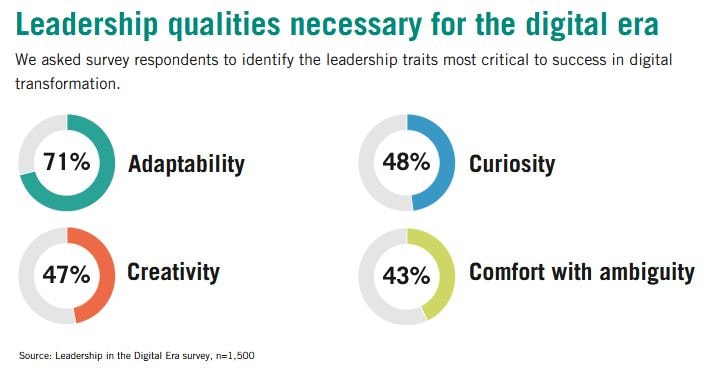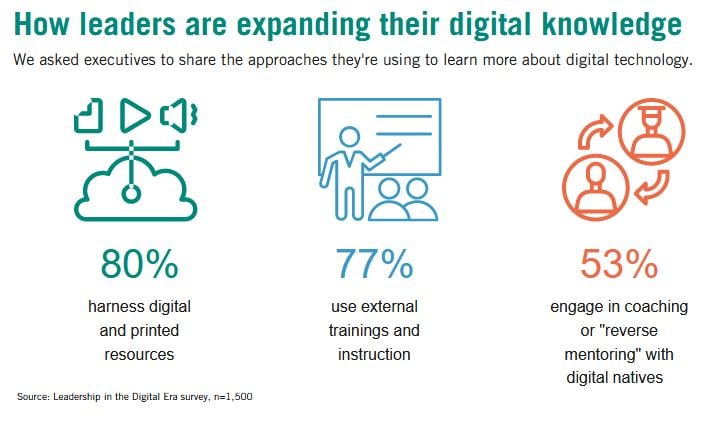
Curiosity, not coding: 6 skills leaders need in the digital age
Transforming an organization starts with transforming its leaders. Data from 1,700 executives by Linda Hill and colleagues reveals the most important skills and traits leaders need now
Image: Shutterstock The speed and complexity of technological change require digital transformations to be more iterative than other forms of corporate change
The speed and complexity of technological change require digital transformations to be more iterative than other forms of corporate change
Leaders who set out to reshape their companies to compete in a fast-evolving digital world often come to a daunting realization: To transform their organizations, they must first transform themselves.
However, the qualities they need to develop aren’t the ones you might expect. You might think an organization in flux needs a steady hand, someone with foresight and experience who plots a sensible route to cautiously and competently travel. And, of course, companies need leaders who are also digitally literate, right?
In actuality, our research highlighted that none of these characteristics matter as much as you might think when it comes to leading digital transformation. In fact, 71 percent of 1,500 executives we surveyed in more than 90 countries said that adaptability was the most important leadership quality in these times. Roundtable discussions with about 200 executives echoed those findings.
Our survey respondents also ranked creativity, curiosity, and comfort with ambiguity as highly desirable traits. "It’s the soft skills that I argue are not soft anymore," said the chairman of a major African retailer at one of the 21 global roundtable discussions we held with leaders of digital-first and incumbent companies.
This article was provided with permission from Harvard Business School Working Knowledge.









